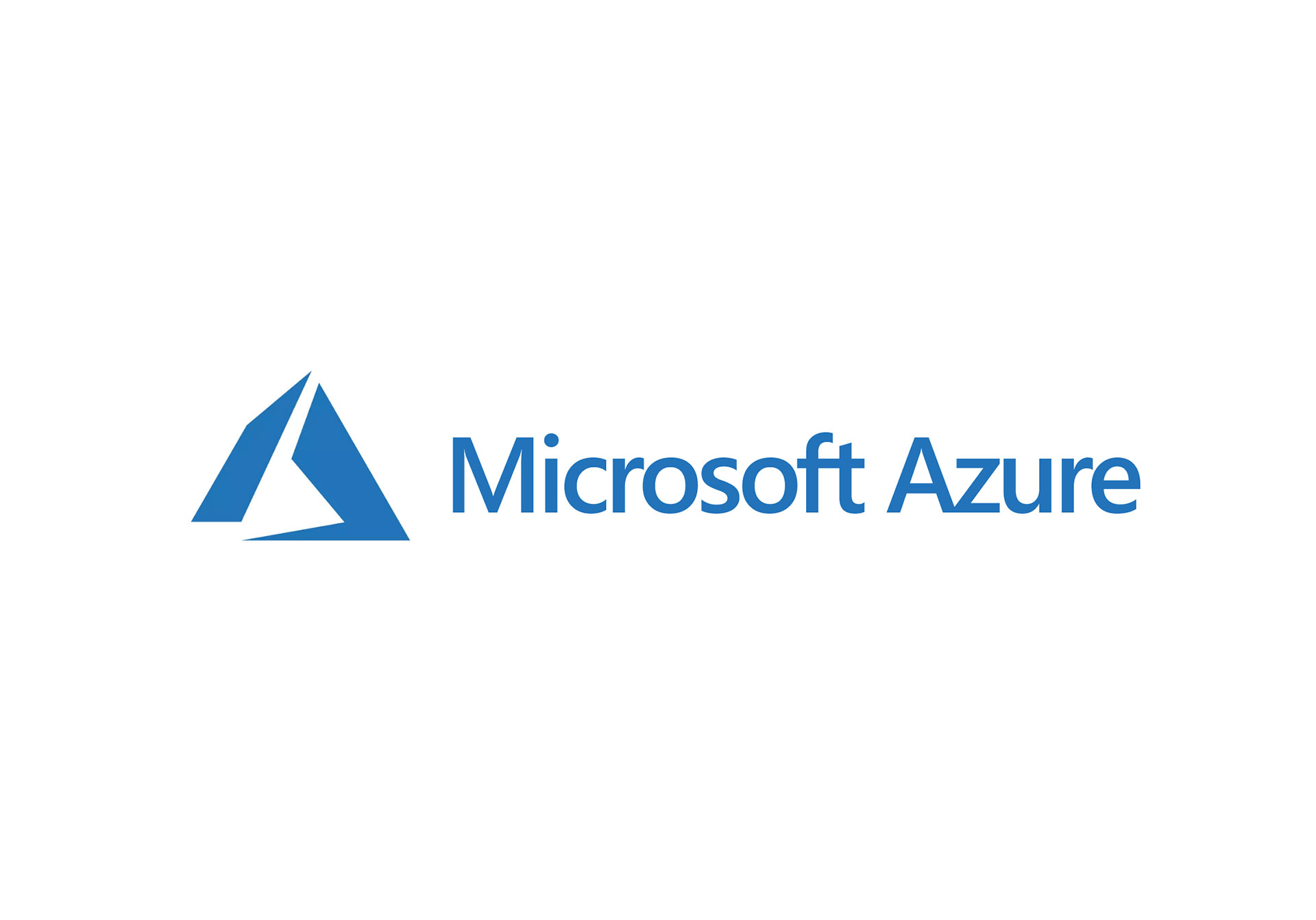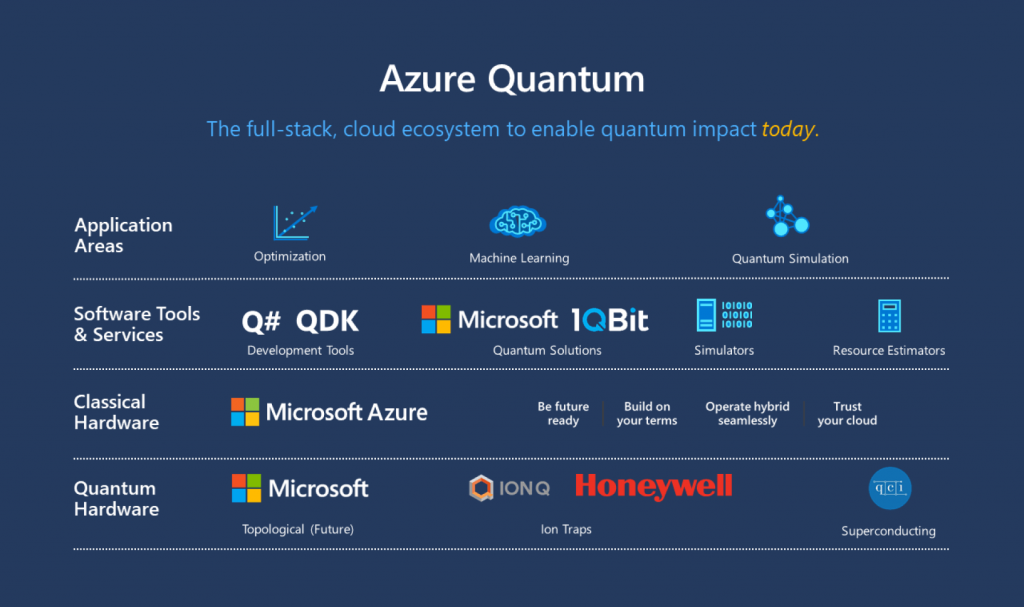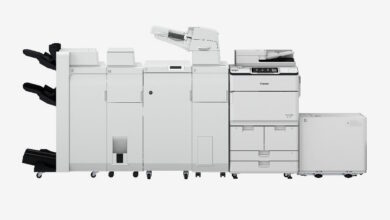

NASA’s Jet Propulsion Laboratory is known to be actively collaborating with the Microsoft Azure Quantum team with the very goal of working together to explore how it can interact more effectively with spacecraft. And compared to some of the hurdles the agency has overcome by sending missions like Perseverance to Mars, keeping in touch with those spacecraft might not sound like much.
However, in reality, sending instructions for each agency mission to vehicles that are “already on the way” is a separate, and rather serious, logistical problem. And if you’re not aware, NASA is quite dependent on the Deep Space Network, a series of radio antennas located throughout countries such as the United States of America, Spain, and Australia. This, in turn, allows the agency to remain in constant contact with its spacecraft, even as the Earth rotates. Also of note is the fact that, according to the same space agency, planning for the use of the new system, on which it is working with Microsoft, is directly related to the huge number of currently existing restrictions. For example, not every dish on the network is equally well able to communicate with spacecraft located at the edge of the solar system.
What’s more, missions such as the launch of the James Webb Space Telescope and the Perseverance rover place an increased load on the system due to the extremely high volume of high-precision data they need to transmit back to Earth. Thus, NASA must dedicate significant computing resources just to prioritize and schedule the hundreds of communication requests that its teams send each week. And this is where Microsoft thought it could be of great help. The company applied some of what it learned while optimizing quantum algorithms to solve one of NASA’s biggest planning headaches using classical computers.
At the start of the project, it took the company two hours to schedule the DSN. Using its Azure network, Microsoft created a schedule in just 16 minutes. It is also worth noting one or the other, the so far unnamed “special solution” of the company made it possible to do this in two minutes. In this regard, Microsoft says that the ability to schedule in a couple of minutes, rather than a few hours, will give NASA much more flexibility, as well as allow the organization to be more productive. Microsoft says it needs to do more work before the system gets all the features the agency wants.





